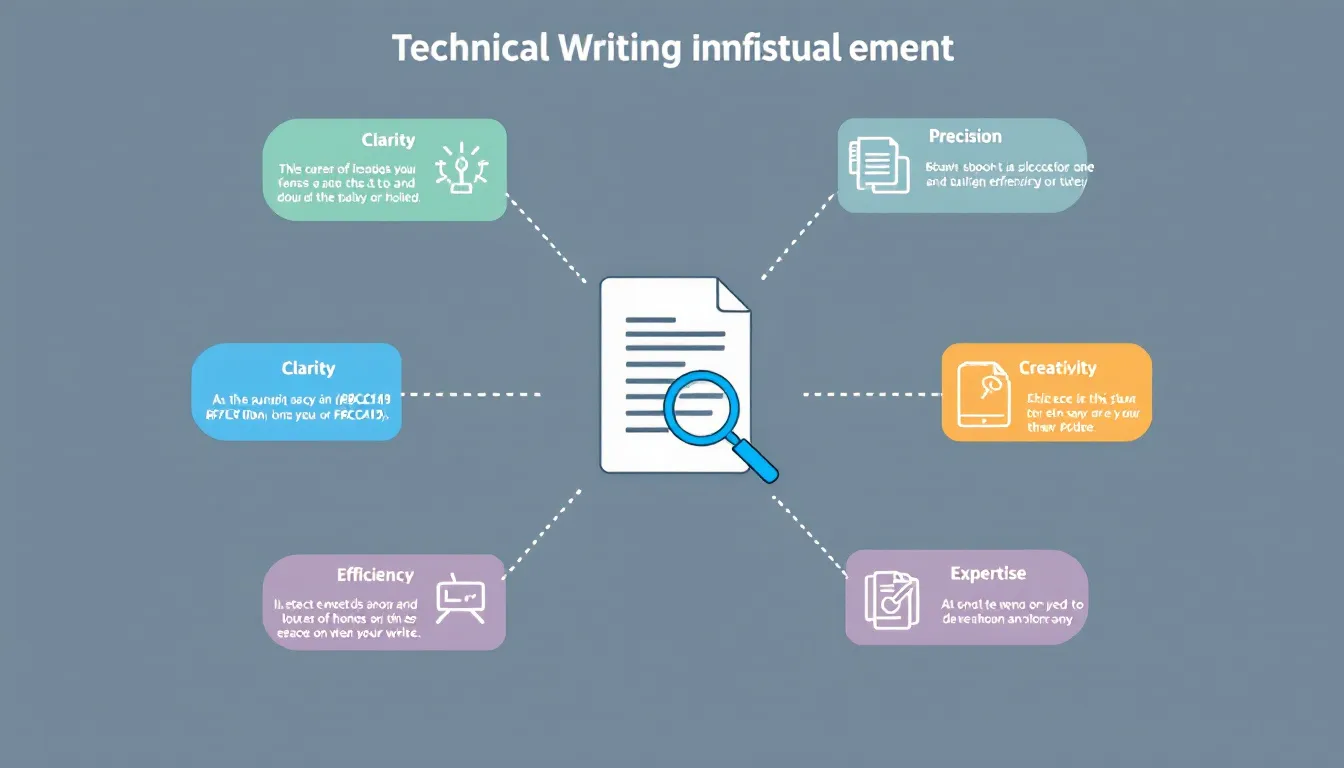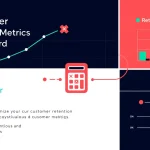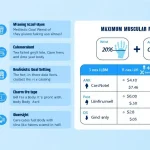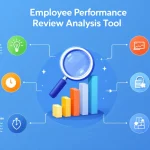Is this tool helpful?
How to Use the Technical Writing Refinement Tool Effectively
Step-by-Step Instructions
Follow these clear steps to get the best results from the Technical Writing Refinement Tool:
- Input Your Original Text: Paste or type your technical content into the main text area. For example, enter a troubleshooting guide for a network device or a detailed report on system architecture.
- Specify Your Target Audience (Optional): Provide a brief description of who will read the refined document. Examples include “Data analysts,” “Project coordinators with limited technical background,” or “Embedded system engineers.”
- Select the Desired Technical Complexity (Optional): Choose the level of detail and jargon you want in the refined text. For instance, pick “Intermediate” for team leads or “Advanced” for research scientists.
- Submit Your Request: Click the “Refine and Improve Text” button to start the refinement process.
- Review the Enhanced Text: After processing, review the refined output in the result section below the form.
- Copy the Refined Content: Use the “Copy to Clipboard” feature to easily transfer the improved text for your documentation needs.
Tips for Optimal Use
- Provide detailed and clear original text to ensure precise refinement.
- Specify your audience clearly to tailor the language and complexity effectively.
- Test different technical complexity settings to find the best match for your readers.
- Break down very long documents into sections for better performance and clarity.
Introducing the Technical Writing Refinement Tool
What It Is
The Technical Writing Refinement Tool is a web-based utility designed to improve the clarity, readability, and overall quality of technical documents. It uses artificial intelligence and natural language processing to transform complex, jargon-filled text into clear and concise content that fits your audience’s needs.
Purpose and Key Benefits
This tool aims to help you make technical information more accessible, ensuring your readers understand critical details without confusion. Benefits you’ll notice include:
- Improved readability for audiences with different technical backgrounds
- Faster knowledge absorption through clearer instructions and explanations
- Reduced editing time for technical writers and subject matter experts
- Consistency in tone and style across multiple documents
- Minimized risks of misunderstandings that cause errors or delays
Practical Uses of the Technical Writing Refinement Tool
Refining Software Documentation
Clear software documentation is essential for developers and users alike. Here’s how the tool improves sample API documentation:
Original Text:
“The authenticateUser() function verifies credentials and returns an AuthToken. If invalid credentials are provided, the function throws an AuthenticationException.”
Refined Text:
“The authenticateUser() function checks your login information and returns an AuthToken if successful. If the credentials don’t match, the function raises an AuthenticationException to indicate an error during login.”
Improving Scientific Abstracts
Complex scientific language can alienate readers from other fields. Our tool makes abstracts clearer:
Original Abstract:
“This paper explores a novel method for CRISPR gene editing that enhances target specificity and reduces off-target effects.”
Refined Abstract:
“This study presents a new gene editing technique using CRISPR that improves accuracy in targeting specific genes while lowering unintended changes elsewhere in the genome.”
Clarifying Technical Manuals
Technical manuals often overwhelm users with dense language. The tool breaks down instructions into manageable steps:
Original Instructions:
“Access the firmware update option under the system settings menu. Ensure that no active processes interfere with the update procedure.”
Refined Instructions:
“To update the firmware:
- Open the system settings menu.
- Select ‘Firmware Update.’
- Before starting, close any applications that might interrupt the update.
Benefits of Using the Technical Writing Refinement Tool
Save Time and Effort
Automating text refinement speeds up producing polished documentation. You spend less time rewriting and more time developing content.
Maintain Consistent Quality
Achieve predictable clarity and tone across documents even when multiple authors contribute. The tool enforces consistent terminology and style.
Enhance Communication with Diverse Audiences
Translate technical jargon into accessible language for non-experts such as clients or managers without losing essential details.
Support Training and Onboarding
Clear documents accelerate new team members’ understanding and help them get up to speed with complex systems more easily.
Reduce Errors Caused by Misunderstandings
Clear instructions and explanations minimize risks of costly mistakes that happen due to ambiguous or confusing language.
Frequently Asked Questions About the Technical Writing Refinement Tool
Can this tool preserve specialized technical terms?
Yes, it keeps essential technical vocabulary intact while improving the clarity of surrounding sentences to maintain accuracy and readability.
How does the tool adjust the technical level?
It tailors language based on your input about the intended audience and complexity, selecting simpler words and explanations for beginners or concise phrasing for advanced users.
Is the tool available in multiple languages?
Currently, the tool optimizes content for English technical writing. Additional languages will be supported in future updates.
How does this compare with human editing?
The tool speeds up initial refinement and improves clarity but works best as a complement to human review, especially for critical documents requiring expert judgment.
Can this tool improve document structure and formatting?
Its focus is on enhancing textual clarity and coherence. While it suggests improved wording, document formatting should be handled separately for best results.
Are there limits to the text length?
The tool handles a variety of lengths, from short paragraphs to lengthy manuals. For very long documents, processing in sections helps maintain optimal performance.
How frequently is the tool updated?
We regularly enhance the tool’s algorithms and capabilities to deliver ongoing improvements in technical writing refinement.
Conclusion: Elevate Your Technical Communication
The Technical Writing Refinement Tool helps you convey complex technical information clearly and effectively. By refining tone, simplifying concepts, and adjusting to your audience’s needs, it makes your documentation easier to understand and use.
Whether you write software guides, scientific papers, or technical manuals, this tool supports clearer communication, reduces misunderstandings, and saves time during editing. You can improve knowledge transfer and ensure your audience gets accurate, accessible information every time.
Use this tool as a consistent part of your technical writing process to create documents that empower readers, support learning, and help your organization succeed.
Important Disclaimer
The calculations, results, and content provided by our tools are not guaranteed to be accurate, complete, or reliable. Users are responsible for verifying and interpreting the results. Our content and tools may contain errors, biases, or inconsistencies. Do not enter personal data, sensitive information, or personally identifiable information in our web forms or tools. Such data entry violates our terms of service and may result in unauthorized disclosure to third parties. We reserve the right to save inputs and outputs from our tools for the purposes of error debugging, bias identification, and performance improvement. External companies providing AI models used in our tools may also save and process data in accordance with their own policies. By using our tools, you consent to this data collection and processing. We reserve the right to limit the usage of our tools based on current usability factors.







